In front of a high-ranking audience headed by German Defence Minister Boris Pistorius and Ukrainian Ambassador Oleksii Makeiev, KNDS presented the first RCH 155 wheeled self-propelled howitzer (SPH) for Ukraine at the company’s production site in Kassel on 13 January 2025.
The combat vehicle was symbolically handed over by KNDS CEO Ralf Ketzel. The RCH 155 wheeled SPH is a combination of the best of two worlds, Pistorius said: the tried-and-tested drive module of the GTK Boxer and the powerful weapon system of the KNDS Panzerhaubitze 2000 (PzH 2000) tracked 155 mm SPH. Ukraine will thus become the sixth Boxer user after Germany, the Netherlands, Lithuania, Australia and the United Kingdom. Ukraine will be the first user of the Boxer SPH ahead of Germany and the UK, which also intend to purchase the vehicle.
In 2022 Ukraine ordered 18 RCH 155 SPHs, financed by funds from the German government’s modernisation initiative. One year later the order was extended by 36 to 54 units. When asked, Pistorius quoted an investment sum of EUR 890 million. The deliveries will extend beyond 2027.
The SPH that has now been handed over will initially be used for training in Germany. As Ketzel explained, together with the Boxer RCH 155, digital fire control systems will be delivered in the Dingo 1 protected transport vehicle and the Boxer RCT30 armoured personnel carrier, which together form the basis of the training. The training is to be carried out in March/April 2025, partly at KNDS and partly at the German artillery school in Idar-Oberstein, and will last around two months. Only then can the system be handed over to the troops in Ukraine. Six more systems are to follow this year. The number of fire control systems integrated on Dingo 1s and Boxer RCT 30s has not been disclosed.
In total, Ukraine will receive enough systems to equip three artillery battalions, Pistorius noted, meaning that the RCH 155 and associated vehicles will make a significant contribution to the development of the Ukrainian armed forces’ capabilities. Pistorius also referred to the deliveries of PzH 2000s; in addition to 11 SPHs from other countries, Germany has handed Ukraine 14 PzH 2000s from Bundeswehr stocks and financed 11 more from industrial stocks, which has increased the firepower of Ukrainian artillery units over the shorter term. Another 18 newly built PzH 2000s are to follow by mid-2027, giving a total of 54 such SPHs, with which a further three artillery battalions can be equipped.
Boxer RCH 155
Derived from the PzH 2000, KNDS (then still KMW) developed the RCH 155 (Remote Controlled Howitzer 155) by integrating a remote-controlled 155 mm/L52 calibre gun into a Boxer mission module.
With remote control, a fully automatic loading system for projectiles and modular propelling charges as well as inductive programming of the fuzes, the vehicle’s crew can be reduced to two. The weapon system is electrically directed, while its combat load consists of a maximum of 30 projectiles and 144 modular propelling charges. Fire missions are supported by a fire control computer with integrated ballistic calculation and radio datalink to an artillery guidance system, which uses a high-precision navigation system with or without GPS support.
The RCH 155’s turret can be rotated through 360°, while the elevation of the barrel from -2.5° to 65° allows firing at long range (up to 40 km with base bleed; up to 54 km with V-LAP) as well as direct firing at close targets. The use of terminal-phase guided projectiles (such as Vulcano and Excalibur rounds) is planned. Shooting in all directions takes place without hydraulic supports, making it possible to fire while on the move: a capability realised for the first time worldwide with the RCH 155.
Makeiev also mentioned multiple-round simultaneous impact fire missions as another important capability, whereby rounds can be fired using different tube elevations in such a way that they impact the target area simultaneously. This allows very effective target engagement with just a few SPHs.
Boxer RCT 30
The Boxer RCT 30 mentioned by Ketzel is also on the Bundeswehr’s procurement list as a wheeled infantry fighting vehicle. The vehicle is characterised by the turret of the Puma infantry fighting vehicle (IFV), which has been integrated onto the Boxer chassis module. The remote-controlled turret with modern observation equipment and fully stabilised automatic 30 mm Rheinmetall cannon enables artillery units to be protected against unmanned aerial vehicles, among other threats. As far as is known, the procurement of the Boxer RCT 30 for the Bundeswehr is to be initiated in January 2025 following approval of the corresponding EUR 25 million bill.
Medium forces
The Bundeswehr’s medium forces are being built up with the new Boxers. In addition to the wheeled SPHs and IFVs described above, this also includes the Boxer heavy weapon carrier and the Skyranger 30 air defence variant, the procurement of which has begun, and numerous new Boxer variants such as bridgelayers and armoured recovery vehicles.
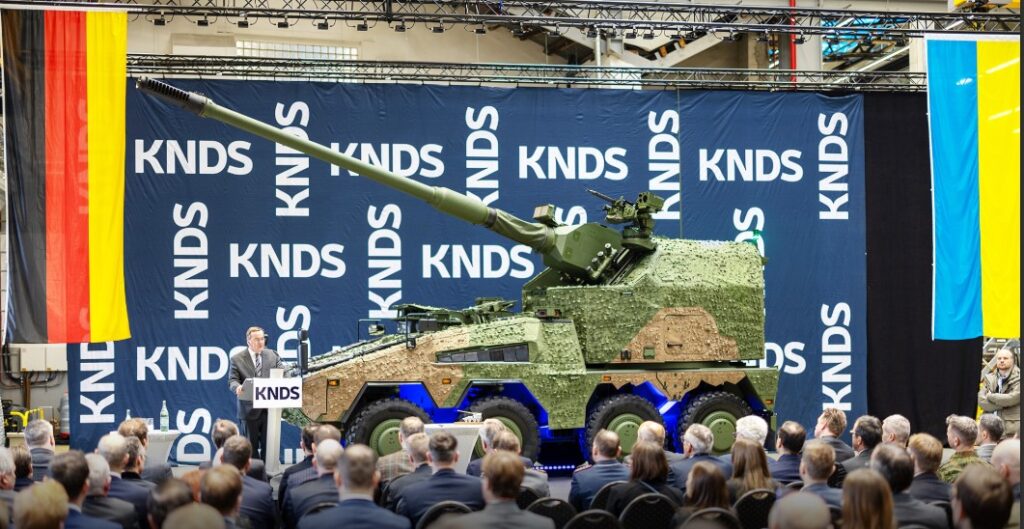




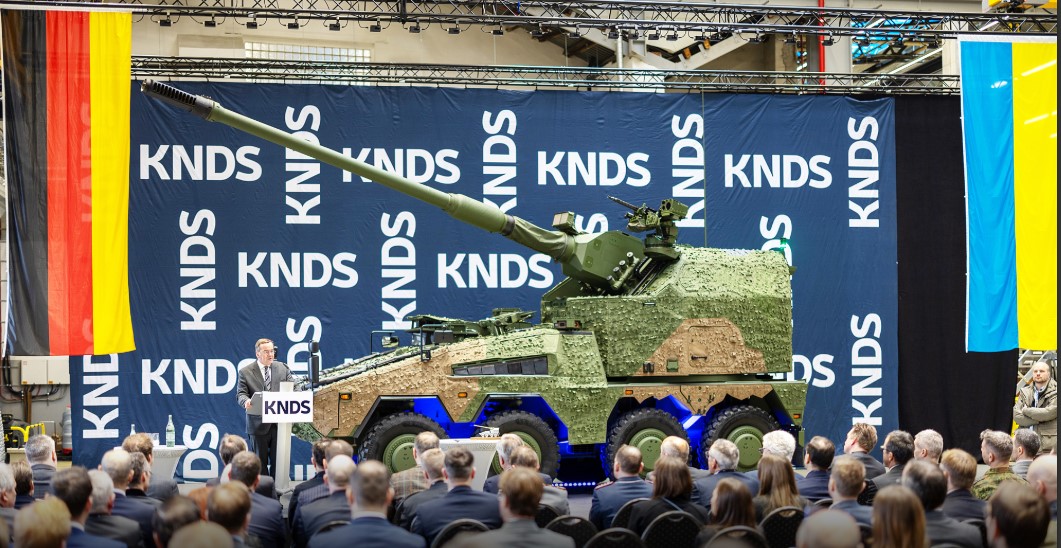




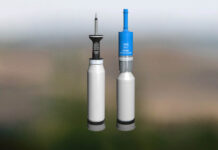
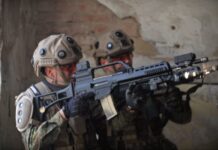
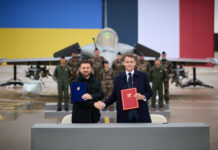
![Ukraine: Russian forces capture key towns [via Ugolok_Sitha Telegram Channel]](https://euro-sd.com/wp-content/uploads/2025/11/Russian-Motorbike-loaded_via-Ugolok_Sitha-Telegram-Channel-Kopie-218x150.jpg)

